A range of teacher professional learning programs will be developed to accompany the Biodiversity of the Western Volcanic Plains online outreach...
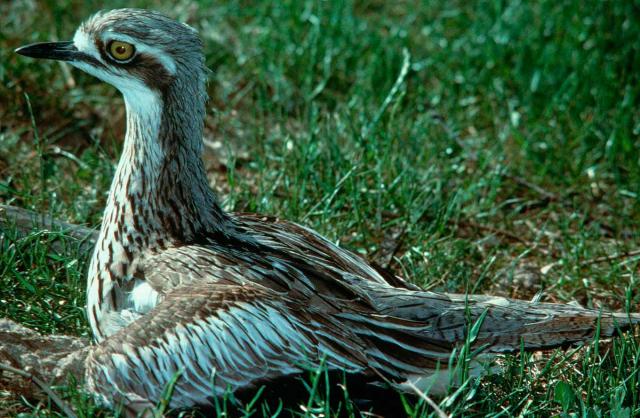
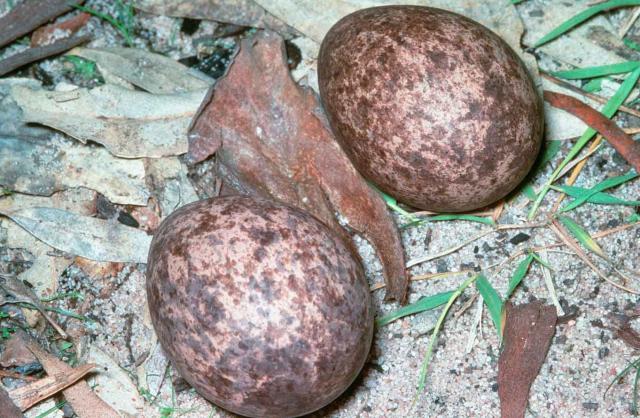
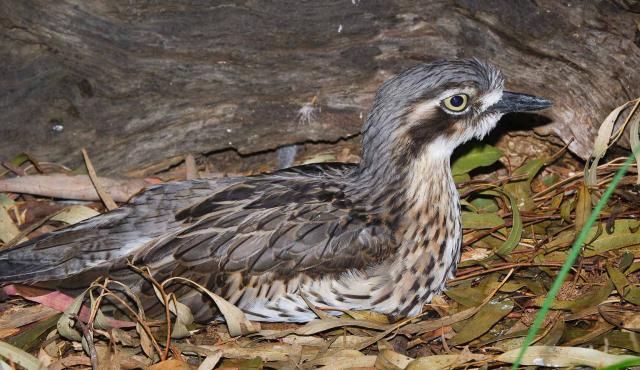

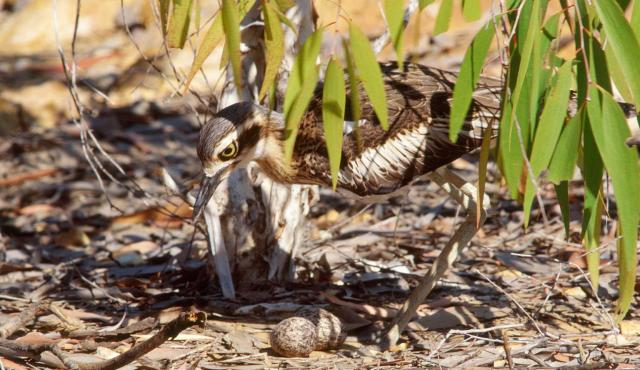
Bush Stone-curlew
Burhinus grallarius
Nocturnal. Camouflages well during the day. Will lie flat on the ground or disappear amongst foliage to escape observation. Breeds August-January. Two eggs are laid in a shallow scrape in the ground with both parents sharing the incubation and care of the young. Abundance in Victoria has declined markedly due to predation by foxes and feral cats, and changes in land use.
| Details | Description |
| Type | Bird |
| Group | Stone-curlew |
| Other Common Names | Bush Thick-knee, Southern Stone-curlew |
| Identifying Characteristics | |
| Distinctive Markings | Prominent streaking, white eyebrow, throat and wing patch. |
| Diet | Omnivore, feeding on invertebrates, small lizards and mammals, and seeds. |
| Habitat | Open woodland, dry watercourses, sandplains, coastal scrub, roadside remnant vegetation. |
| Native Status | Native to Australia |
| Sounds | Generally heard at night, a very distinctive loud mournful wailing call "wee-ier, wee-ieer, whee-ieeer, whee-ieer-loo" which increases in volume and then trails away. |
| Taxonomy | |
| Phylum | Chordata |
| Class | Aves |
| Order | Charadriiformes |
| Family | Burhinidae |
| Genus | Burhinus |
| Species | grallarius |
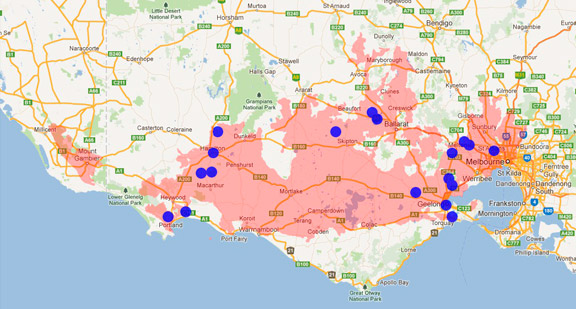
Distribution maps indicate current and historic locations where species have been sighted.
Source: Atlas of Living Australia
| Conservation Status | |
| DEPI Advisory List | Endangered |
| FFG Act | Listed as threatened |
| EPBC Act | Not listed |
| FFG Action Statement |
The conservation status of species is listed within Victoria and Australia.
The Department of Environment and Primary Industry (DEPI) Advisory List consists of non-statutory advisory lists of rare or threatened flora and fauna within Victoria.
The Flora and Fauna Guarantee Act 1988 (FFG Act) lists threatened species in Victoria. Under the Act, an Action Statement is produced for each listed species.
The Environment Protection and Biodiversity Conservation Act 1999 (EPBC Act) is the Australian Government’s key piece of environmental legislation, listing nationally threatened native species and ecological communities.



